in group Female health
The child from a test tube: 10 curious facts about EKO
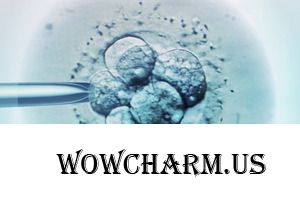
The British became the first
Lesley and John Brown almost despaired, but nevertheless did not lose hope to become parents, despite verdicts of doctors. Once they got on reception to the gynecologist Patrick Steptou who at that time worked on EKO technology together with the physiologist Robert Edwards. Patrick explained to spouses: it is possible to try, but a technique experimental. He did not go into detail, at that time there was still no child who was born thus. Mr. and Mrs. Brown agreed.


For EKO gave the Nobel Prize.
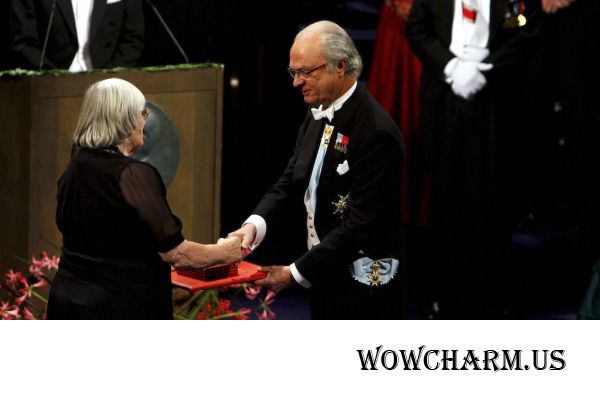
The way of conception does not affect health of the child
The children born from a test tube for health reasons a little in what differ from ordinary peers though, according to some researches, they have neurologic problems and problems with sight more often. It is impossible to exclude pathologies absolutely, as well as at natural pregnancy, but an embryo which place in a uterus cavity, it is previously carefully investigated and parents before the procedure undergo full inspection and are treated for infections if those are available. So in some parameters risks for such children are even lower.
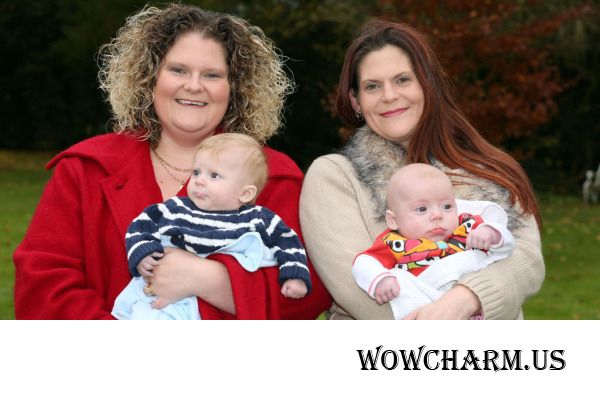
EKO — it is difficult
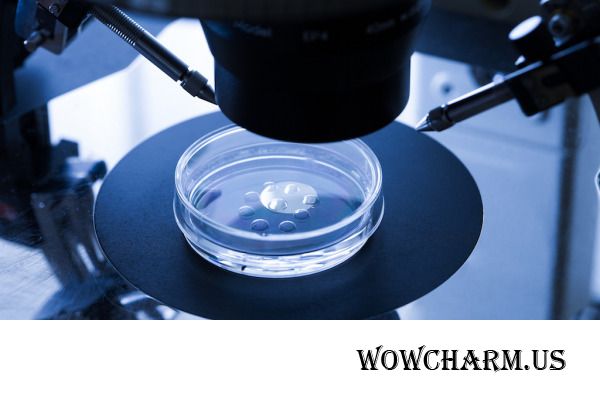
In the first attempt of EKO pregnancy occurs in 30–35% of cases though some private clinics promise also 45–50%. Concerning quantity of embryos approaches in various countries differ. For example, in Russia often transfer two embryos to increase chance that one will get accustomed at least. Twins at the same time are born in 10% of cases.
Germany adopted the special law in protection of embryos: for one cycle it is possible to impregnate no more than three ova, and all embryos need to be transferred to a uterus. And in Sweden it is allowed to impregnate 5–6 ova at once, but to transfer only one, and the others are exposed to cryofreezing. It reduces many risks characteristic of polycarpous pregnancy.
Mothers of "children from a test tube" set up records
More often women at the age of 35–40 years resort to EKO, but also exceptional cases when to mothers was for 60 and even for 70 are known to science, and desire to have children was so big that doctors agreed to similar risks. In particular, such cases took place in Spain and India. As for the number of attempts, common sense has to join here, but at some especially persistent couples they are estimated in tens. In Russia on compulsory health insurance two attempts are free of charge available.
To choose the boy or the girl it will not turn out
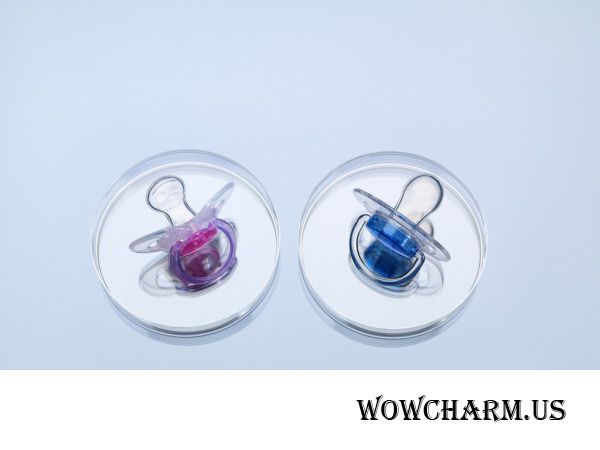
The number of WHAT CHILDREN grows in a geometrical progression

EKO strengthens marriage
Statistically, the families which passed through EKO break up much less often: spouses are rallied by the long-awaited joy of finding of the child and the emotional connection with parents at such children is very strong because they very much wanted the kid.
Other question that for the child disclosure of a mystery of its birth can be a powerful psychological trauma, especially if people around also learn about it. There is even an international community of "probirochny" children for mutual aid and any overcoming mental consequences from "shock" news. The founder of one of such groups Bill Kordroy explained essence of the problem tormenting them so: "... this feeling tormenting soul — the nobility that you began not in the heat of love passion under favor of the darkness, and in a cold test tube, on the conveyor, created at all is in the public eye indifferent hands".
The moral aspect is still not solved
It is more difficult than all relationship between supporters of EKO and representatives of different religions. Many consider that it is impossible to interfere with a sacrament of creation of life. Certain people long time attributed to children from a test tube nearly demonic properties and lack of soul. Their opponents claim that priests do not protest against treatment for infertility including quick. Anyway, to children who were born by means of reproductive technologies it cannot be refused a baptism and further church life.
Subject of hot discussions remains the fate of "unnecessary" embryos which do not sit down to the woman therefore today the necessary, but not excess number of the impregnated ova "is even more often made" that, though reduces chances of pregnancy a little, but allows to bypass ethical difficulties.
Copy the code and insert into a window of creation of record on LiveInternet, previously having included the Source mode there.
HTML-code: 
|
|
| The BB code for forums: |
How will it look?
wowcharm.us → The child from a test tube: 10 curious facts about EKO
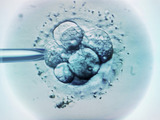
|
On July 25, 1978, there was really historical event: in one of the British clinics at parents who unsuccessfully tried to conceive the child for nearly 10 years the healthy baby who was named Louise was born. She became the first child of in vitro, "from a test tube", and subject to close attention from journalists, peers and just casual people... Read more: |
| "How to control appetite? My history and thoughts | | | Girls, migraine as proves?" |
|
Other discussed materials:
Photo Flashmob. Stage 119. Subject "Pear Hangs". Vote till February 21 inclusive.
Turn
Ship's biscuit apple and onions with cheese.
The 67th annual ceremony of delivery of awards of "Grammy", Part 2.
|









